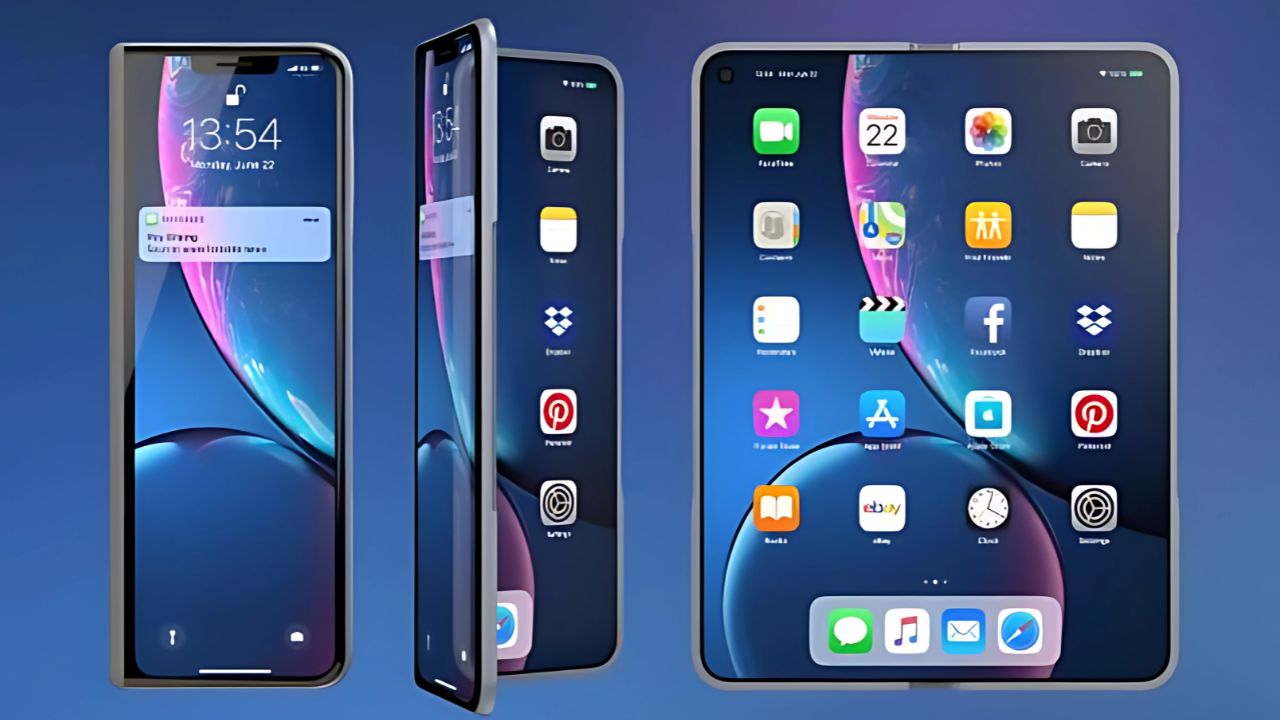Apple fans, get ready for something completely different. Recent reports suggest that Apple isn’t just thinking about making a foldable phone – they’re already deep into developing the software that will power it. According to industry insider Mark Gurman from Bloomberg, Apple has begun working on iOS 27, and it’s specifically designed with the iPhone Fold in mind.
This isn’t just another incremental update to iOS. We’re talking about a complete reimagining of how you interact with your phone when it can literally unfold into something bigger.
Why iOS 27 Matters More Than You Think
Most people don’t realize how challenging it is to create software for foldable devices. Think about it – your phone needs to seamlessly switch between being a regular smartphone and a mini tablet, sometimes multiple times per minute. The interface has to adapt instantly, apps need to resize gracefully, and everything must feel natural.
Apple understands that slapping regular iPhone software onto a foldable screen would be a disaster. That’s why they’re building iOS 27 from the ground up with foldable functionality as a core feature, not an afterthought.
Learning from iPad Success
Here’s where Apple’s ecosystem advantage really shines. They already have years of experience creating touch-friendly interfaces for larger screens through iPadOS. The iPhone Fold will likely borrow heavily from these innovations, adapting features like:
- Split-screen multitasking that actually makes sense
- Improved app switching and window management
- Better keyboard layouts for larger displays
- Enhanced Apple Pencil support (if rumors about stylus compatibility prove true)
The key difference? Unlike an iPad, the iPhone Fold needs to work seamlessly whether it’s closed, partially open, or fully extended.
What This Means for Your Daily Life
Productivity on Steroids
Imagine starting an email on your closed phone during your commute, then unfolding it at your desk to finish with a full-size keyboard and larger screen. Or taking notes in a meeting on the small screen, then opening it up to share your screen with colleagues.
The iPhone Fold could eliminate the need to carry both a phone and tablet for many people. Your morning news reading, video calls with family, and even light work tasks could all happen on one device.
Entertainment Revolution
Netflix on a phone-sized screen versus tablet-sized screen? Gaming with console-quality graphics on a larger display that folds down to pocket size? The entertainment possibilities are genuinely exciting.
But here’s the thing – all of this only works if the software is built right from the beginning. That’s exactly what Apple seems to be doing with iOS 27.
The China Connection: Why This Matters Globally
Apple’s focus on foldable technology isn’t just about innovation for innovation’s sake. The Chinese market has embraced foldable phones in a big way, with local brands like Xiaomi, Honor, Huawei, and Vivo all launching successful foldable devices.
Market Strategy Behind the Technology
Chinese consumers have shown a clear preference for book-style foldables (which fold out like a book) over flip-style designs. This preference aligns perfectly with what Apple appears to be developing. By creating a premium foldable experience, Apple hopes to regain ground in one of the world’s largest smartphone markets.
This global strategy benefits everyone, not just Chinese consumers. When Apple develops technology for major markets, the innovations typically make their way into all their products worldwide.
Timeline and Expectations: What We Know
When Can You Actually Buy One?
Based on current reports, the iPhone Fold likely won’t arrive until 2026 at the earliest. This timeline makes sense when you consider Apple’s typical development cycles and their perfectionist approach to new product categories.
iOS 27 development starting now means Apple is giving themselves plenty of time to get the software right before the hardware launches. This is classic Apple strategy – perfect the experience internally before releasing it to the public.
Price Reality Check
Let’s be honest about costs. Current foldable phones from Samsung and other manufacturers typically cost $1,800 to $2,000 or more. Apple’s premium positioning means the iPhone Fold will likely hit similar price points, possibly even higher.
But here’s the value proposition Apple is betting on: if they can create a device that truly replaces both your phone and tablet, that price starts to make more sense. Instead of buying a $1,000 iPhone and a $600 iPad, you’d buy one $2,000 device that does both jobs better.
What Apple Needs to Get Right
Durability Concerns
Foldable phones have historically struggled with durability. Apple will need to prove their device can withstand thousands of fold cycles without developing problems. The company’s reputation depends on devices that last for years, not months.
App Ecosystem
iOS 27 will need to convince developers to optimize their apps for foldable screens. Apple’s advantage here is their strong relationship with developers and their history of successful platform transitions.
Battery Life
Larger screens typically mean higher power consumption. Apple will need to balance performance, screen size, and battery life in a foldable form factor.
Looking Ahead: The Bigger Picture
The development of iOS 27 for foldable devices signals Apple’s commitment to staying at the forefront of smartphone innovation. While they often aren’t first to market with new form factors, they typically perfect them in ways competitors haven’t considered.
This cautious-but-thorough approach has worked well for Apple in the past. They weren’t first with smartwatches, but the Apple Watch became the market leader. They weren’t first with truly wireless earbuds, but AirPods dominated the category.
The iPhone Fold could follow the same pattern – arriving later than competitors but delivering an experience that sets new standards for the entire industry.
